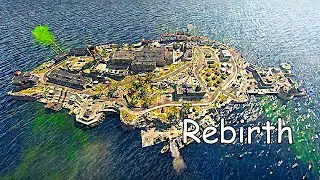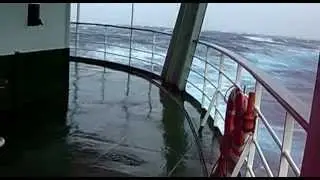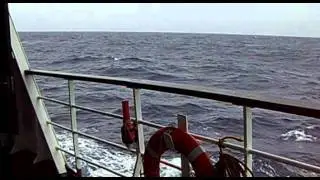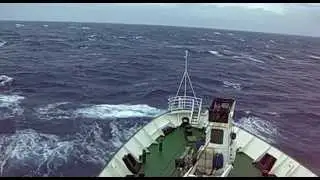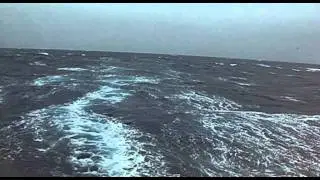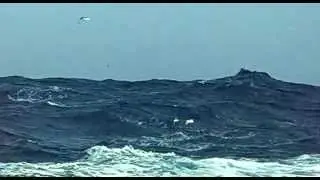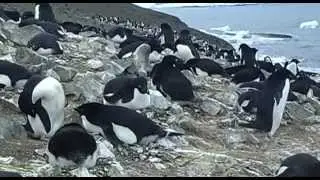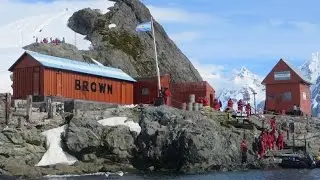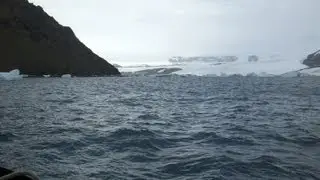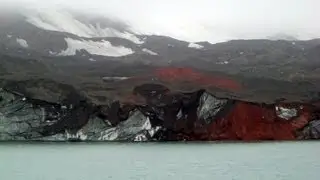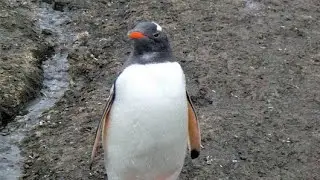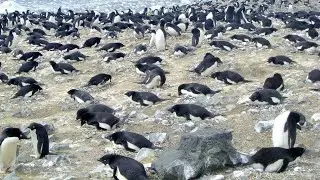Devil Island, James Ross Island group, Antarctica, South Pole
Devil Island is a 128 ha, ice-free island about 2 km long, in the James Ross Island group near the north-eastern tip of the Antarctic Peninsula. It lies in a small cove 1 km north of Vega Island, east of the Trinity Peninsula. It is characterised by several low hills rising to a maximum height of about 150 m.. The site has been identified as an Important Bird Area (IBA) by BirdLife International because it supports a large breeding colony of about 15,000 pairs of Adélie Penguins. Other birds recorded as nesting there include Brown Skuas and Snow Petrels. The Adélie Penguin is a species of penguin common along the entire Antarctic coast. They are among the most southerly distributed of all seabirds, as are the Emperor Penguin, the South Polar Skua, the Wilson's Storm Petrel, the Snow Petrel, and the Antarctic Petrel. In 1840, French explorer Jules Dumont d'Urville named them for his wife, Adèle. The Adélie Penguin is one of three species in the genus Pygoscelis. Mitochondrial and nuclear DNA evidence suggests the genus split from other penguins around 38 million years ago, about 2 million years after the ancestors of the genus Aptenodytes. In turn, the Adélie penguins split off from the other members of the genus around 19 million years ago. There are 38 colonies of Adélie penguins, and there are over 5 million Adélies in the Ross Sea region. Ross Island supports a colony of approximately half a million Adélies. The Adélie penguins breed from October to February on shores around the Antarctic continent. Adélies build rough nests of stones. Two eggs are laid, these are incubated for 32 to 34 days by the parents taking turns (shifts typically last for 12 days). The chicks remain in the nest for 22 days before joining crèches. The chicks moult into their juvenile plumage and go out to sea after 50 to 60 days. Adélie penguins live in groups called colonies. Around 160,000 Adélie penguins live at Cape Bird, but ecologists are predicting as many as 70 percent of them could be wiped out due to sea loss. These penguins are mid-sized, being 46 to 75 cm (18 to 30 in) in length and 3.6 to 6 kg (7.9 to 13 lb) in weight. Distinctive marks are the white ring surrounding the eye and the feathers at the base of the bill. These long feathers hide most of the red bill. The tail is a little longer than other penguins' tails. The appearance looks somewhat like a tuxedo. They are a little smaller than other penguin species. Their appearance is closest to the stereotypical image of penguins as mostly black with a white belly. Adélie penguins can swim up to 45 miles per hour (72 km/h). Adélie penguins are preyed on by leopard seals, skua, and occasionally, orcas. Like all penguins, the Adélie is highly social, foraging and nesting in groups. They are also very aggressive to other penguins that steal stones from their nest. Specifics of their behaviour were documented extensively by Apsley Cherry-Garrard (a survivor of Robert Falcon Scott's fateful final journey to the South Pole) in his book The Worst Journey in the World. Cherry-Garrard noted: "They are extraordinarily like children, these little people of the Antarctic world, either like children or like old men, full of their own importance." Certain displays of their selfishness were commented upon by George Murray Levick, a Royal Navy Surgeon-Lieutenant and scientist who also accompanied Scott on his ill-fated British Antarctic Expedition 1910, during his surveying of penguins in the Antarctic: "At the place where they most often went in [the water], a long terrace of ice about six feet in height ran for some hundreds of yards along the edge of the water, and here, just as on the sea-ice, crowds would stand near the brink. When they had succeeded in pushing one of their number over, all would crane their necks over the edge, and when they saw the pioneer safe in the water, the rest followed." It was observed how the penguin's intrigue could also put them in harm's way, which Scott found a particular nuisance: "The great trouble with has been due to the fatuous conduct of the penguins. Groups of these have been constantly leaping on to our ice floe. From the moment of landing on their feet their whole attitude expressed devouring curiosity and a pig-headed disregard for their own safety. They waddle forward, poking their heads to and fro in their usually absurd way, in spite of a string of howling dogs straining to get at them. "Hulloa!" they seem to say, "here's a game -- what do all you ridiculous things want?" And they come a few steps nearer. The dogs make a rush as far as their harness or leashes allow. The penguins are not daunted in the least, but their ruffs go up and they squawk with semblance of anger".






